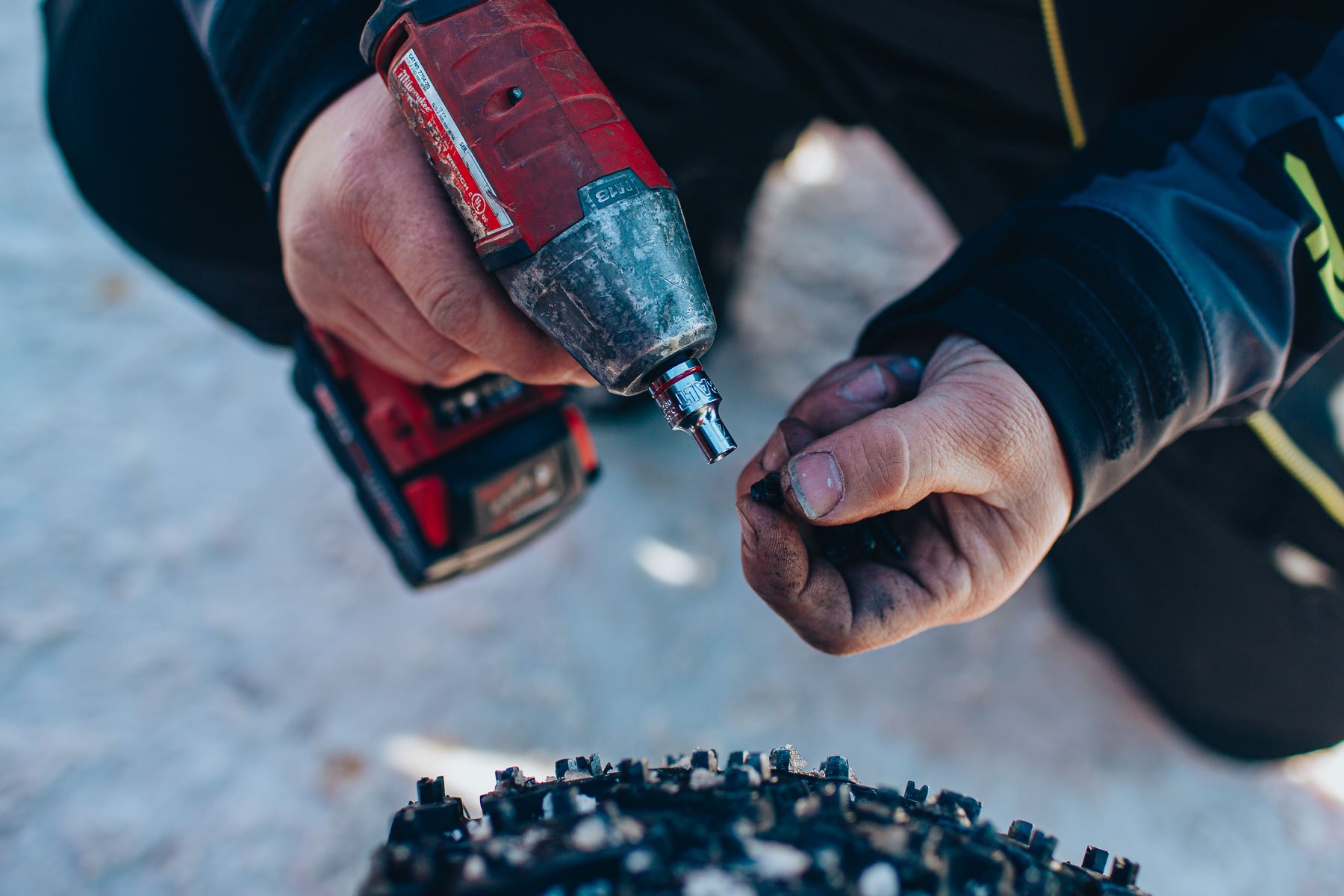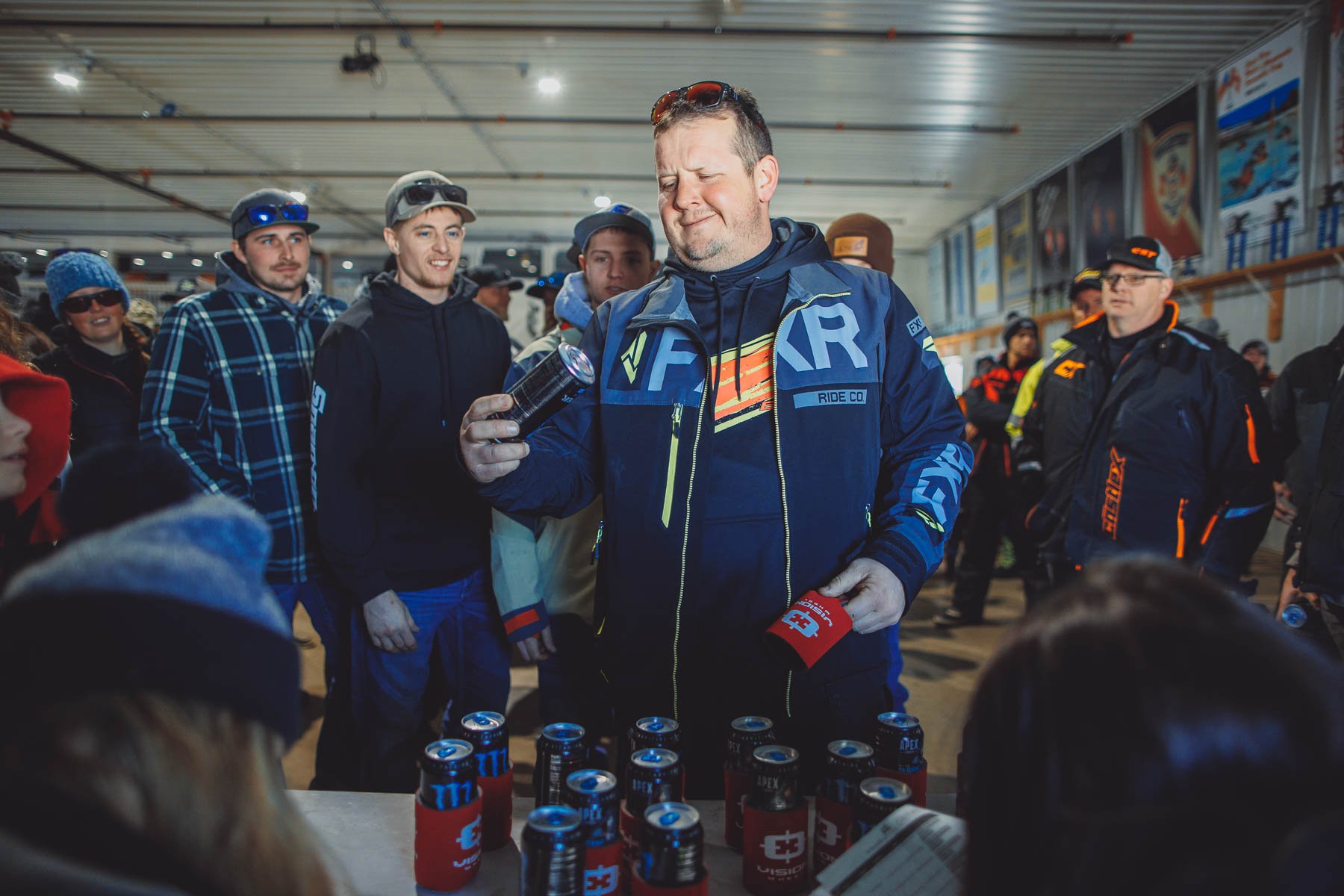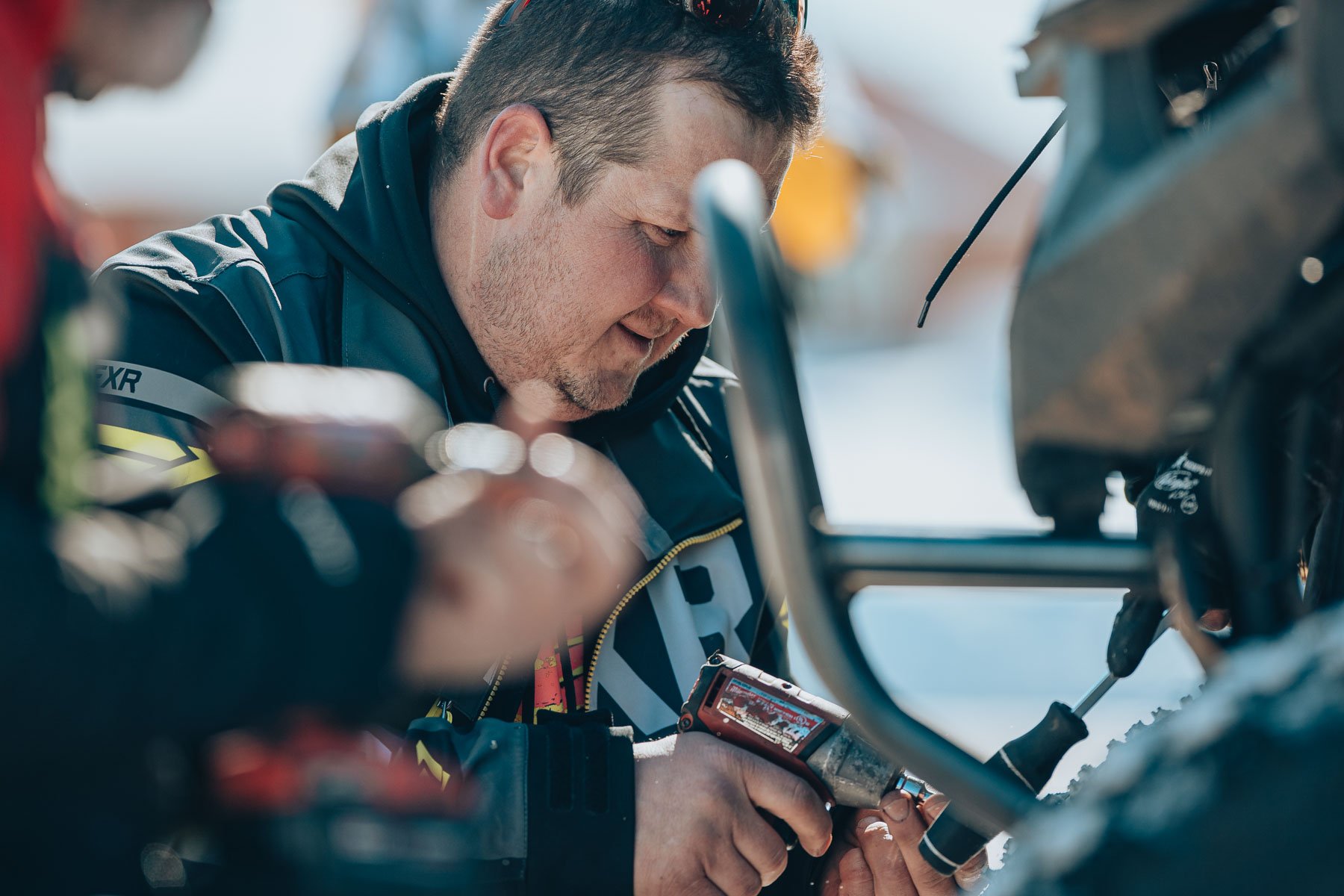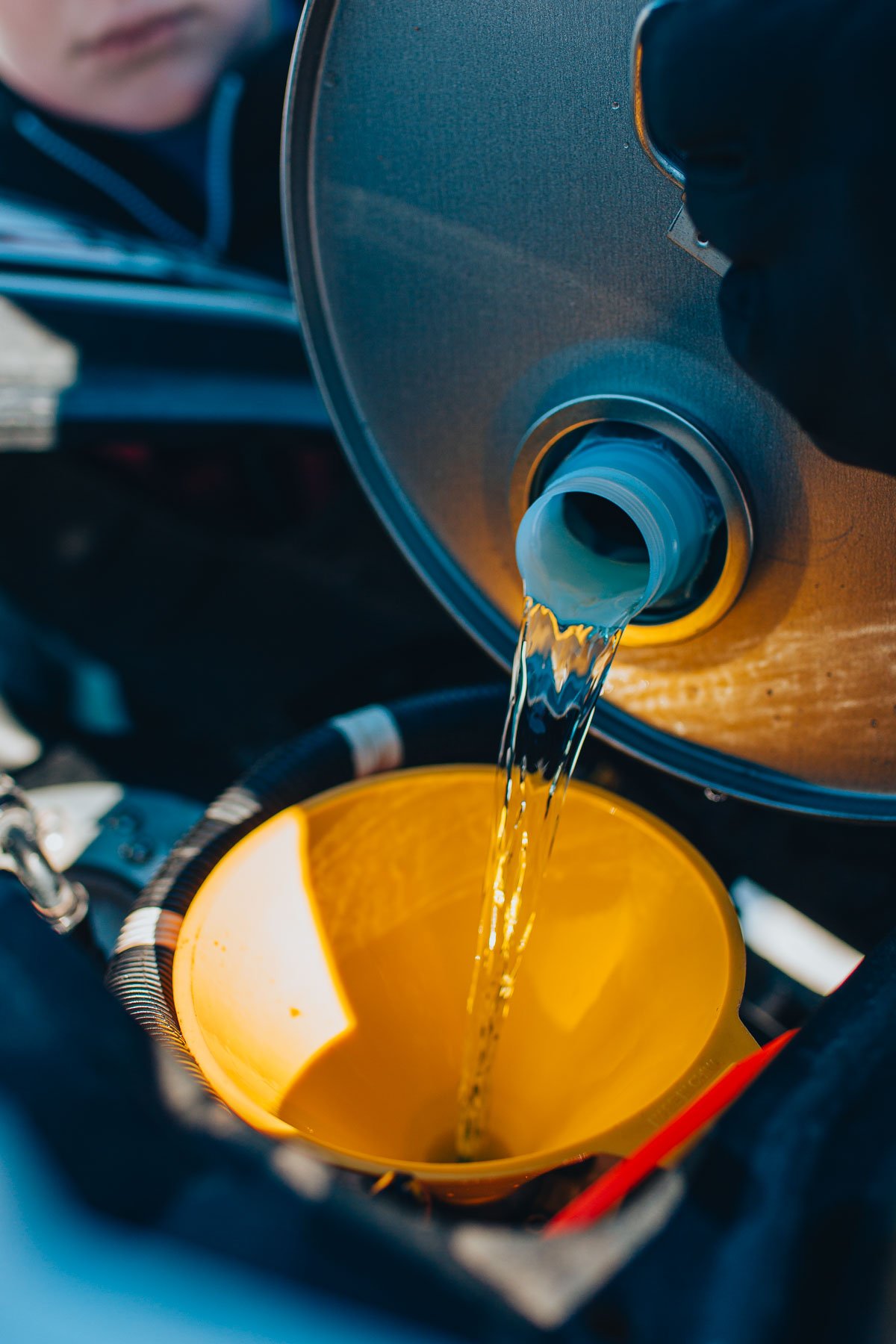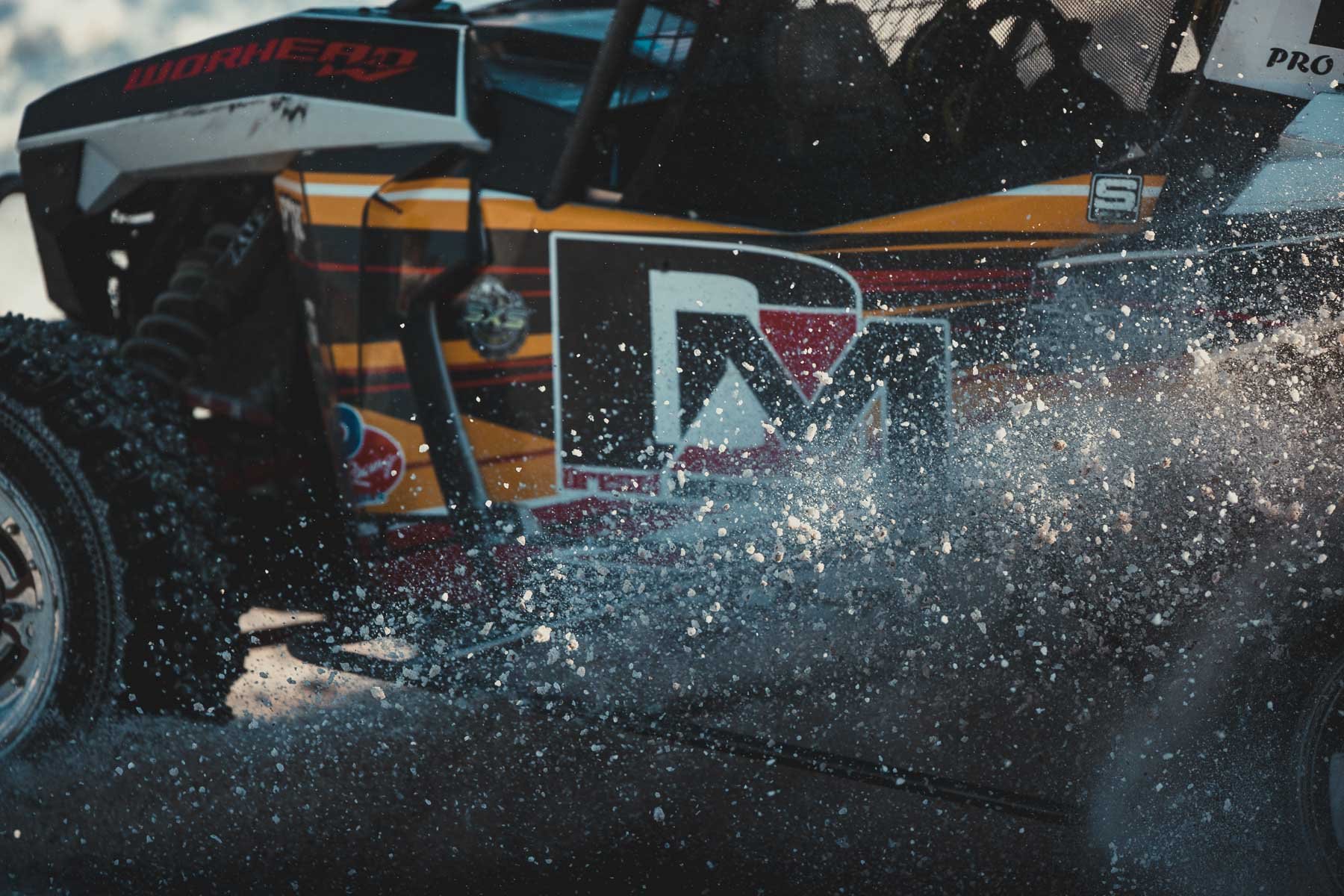Choose Tools That Reflect Who You Are
Everyone has access to the same gear, but not everyone uses the same gear the same.
Never before has it been more affordable to access pro gear.
Think about it.
Digital cameras first came to light around 2001.
Imagine trying to get started during the peak of digital camera 10-15 years ago.
For example, my Canon EOS 1D-C cost 15k when it first released in December 2012.
$15,000!
Only the seriously dedicated could even consider paying for equipment like that.
Now look what’s available (Sony A7SIII, Sony A1, Canon R5C, Canon 1DX III, etc.).
Everything is literally at your fingertips and well within reason - for the most part.
I say all this because of an experience I had last weekend.
While standing in the middle of the Eagle River Derby World Championship Track, I realized that no one else brought a 300mm f/2.8 lens with them.
Now for those who don’t know, in Eagle River, Wisconsin, there is a King of the Elements Race held in the Derby World Championship Track (UTV Racing).
The race is sponsored by SXS Sports Racing and held every year as a way to kick-off the racing season.
Anyways, unlike other tracks, this one is relatively shorter.
So, why would anyone bring with them, a 300mm f/2.8 lens when a 70-200mm f/2.8 would suffice?
It certainly would, and I even tried using it, but it didn’t feel right.
This brings me to lesson number one: the gear you chose to use should reflect who you are and your shooting style.
Everyone has a choice, and when it comes to creating, even the best photographers use the same equipment that I do.
While at the track, I met an individual who makes a living taking pictures of UTV Racing, while I on the other hand, am just getting started with it.
However, I used what I had to my advantage (my vision and a lens no one else was using), and it made all the difference.
When it came to shooting at night, the Canon 1DX III - in live view - literally turned the night into day.
The autofocus blew my mind away.
That’s probably another discussion for another day, but after using it all day, I can honestly say it is the best camera I have ever owned.
As long as you locked on, you couldn’t miss a shot.
—
Lesson Number Two: You have to be true to yourself.
Seeing the other photographers around me, I felt out of place using such a long lens, and even considered leaving my 300mm in the car because no one else was using it.
I thought if they can use a 70-200mm, I can as too.
I tried it, but like I said, it didn’t feel right.
It didn’t feel right because of decision I made early in my career.
After seeing Finn Beales work with only prime lenses, I made the decision to sell all my zooms - other than my 70-200mm f/2.8 - and use primes.
Is it a hassle?
Certainly.
But the reward?
In my personal opinion, more crisp and unique images that one can only achieve with a prime lens.
There were moments when I wished I had a 24-70mm because the ease of zooming in and out was tempting as the -15 Fahrenheit wind hit my face.
It would have been easier. Too easy in fact.
However, the prime lenses I used during the race (Canon 300 f/2.8, Canon 135 f/2, Canon 35 f/1.4) forced me to zoom with my feet, and to compose with a different perspective.
In short, I decided the pain - whatever that may be - is worth enduring if it meant I could shoot at f/2.0 in the middle of the day.
It’s another reason why I switched to a dedicated cinema body when shooting video.
Mirrorless and DSLRs are great, and I use them both for video, but having a built in ND filter at the touch of a button allows me to shoot at f/2.0 in the middle of the day.
Can you accomplish that with ND filters?
You sure can! But I would rather spend my time and energy thinking about creating and visualizing while working rather than trying to find a filter.
This is probably another discussion for another day, but needless to say, it’s my style of shooting, but more importantly, it’s how I live my life.
When people look at my work, I want them to see me… not only as a creator but also as a person.
Because isn’t that the point? To share who we are through our work?
The gear you use - at least in my opinion - should reflect who you are and what you believe in as a storytelling.
For me, it’s this:
Create without compromise.
Wide open.
Full throttle.
Roger Out.




